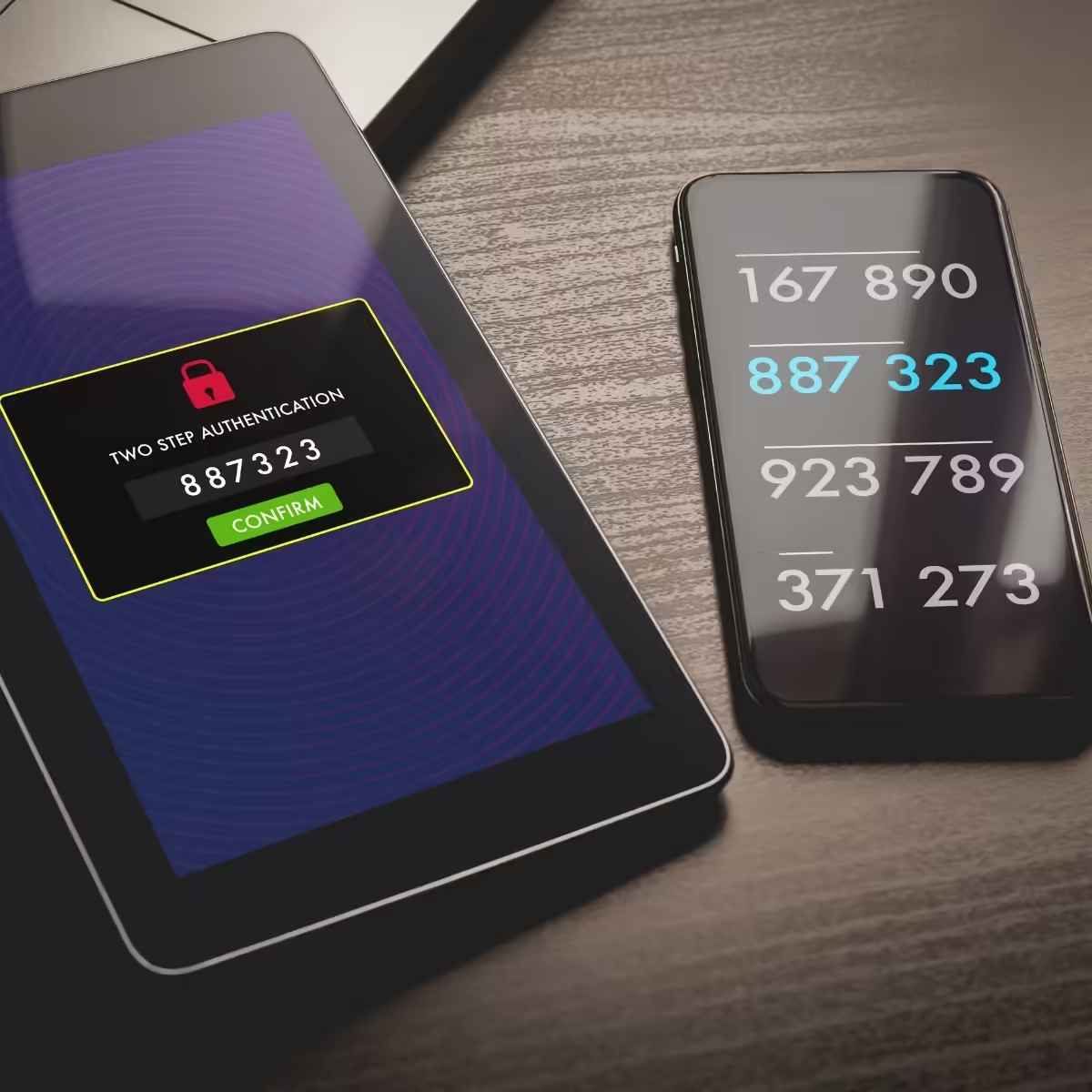
In today’s rapidly evolving digital world, relying solely on a single authentication layer poses significant risks. This is where Multi-Factor Authentication (MFA) comes into play, offering a robust security layer that prevents unauthorized access. MFA enhances account security by requiring two or more authentication methods to verify a user’s identity.
MFA necessitates the use of more than one of the following three main authentication factors:
Combining these factors ensures that an attacker cannot gain access to an account simply by obtaining a password. Compared to traditional single-factor authentication, MFA significantly enhances security.
As cyber threats become increasingly sophisticated, the additional security layers provided by MFA help organizations and individuals safeguard their data. The key advantages of MFA include:
Privileged Access Management (PAM) solutions are security tools designed to control access to critical systems and sensitive data. Keycyte PAM enhances security by requiring MFA at both the PAM interface login and when accessing target systems, providing a dual-layered protection mechanism. This ensures that only authorized users can gain access and helps mitigate insider threats.
This dual-layer MFA approach minimizes cybersecurity risks and maximizes data security.
The importance of MFA is becoming increasingly evident. As traditional authentication methods fall short in today’s threat landscape, Keycyte PAM integrates MFA to fortify user accounts and systems. For companies aiming to implement proactive cybersecurity strategies, MFA is no longer optional but essential.
Therefore, adopting MFA as a standard security measure for both personal and corporate accounts is one of the most effective ways to prevent data breaches and unauthorized access. Integrating MFA into security solutions like Keycyte PAM ensures robust authentication and takes cybersecurity to the next level.
Discover how Keycyte PAM can strengthen your organization’s security: www.keycyte.com/contact
#MFA #MultiFactorAuthentication #CyberSecurity #KeycytePAM #IdentityVerification
Today, data security and the protection of personal information are not just a priority for
Devamını OkuCyber attacks are not limited to advanced hacking tools or malicious software. Often, the biggest
Devamını OkuDiscover how Just-In-Time (JIT) Access minimizes privileged account risks by granting temporary access only when
Devamını OkuIn today's business world, operational efficiency is a critical element for companies to gain competitive
Devamını OkuStrengthen private sector cybersecurity with Keycyte PAM! Ensure business continuity, KVKK/GDPR compliance, and budget-friendly solutions.
Devamını OkuTemporary Privilege Escalation is a security strategy that allows users to have higher privileges that
Devamını Oku